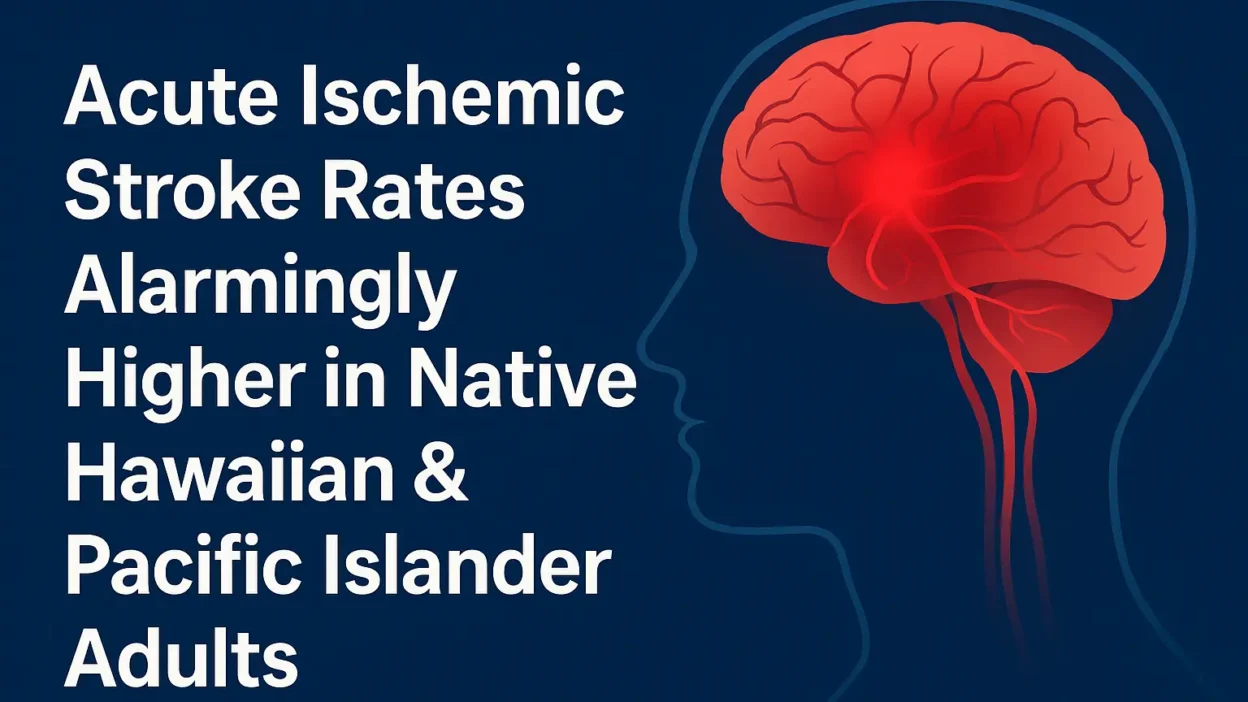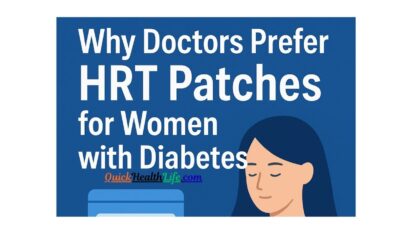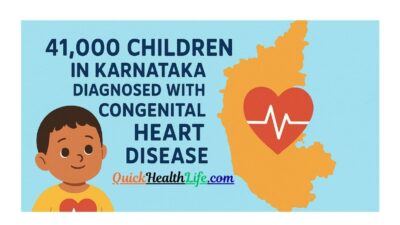Ischemic Stroke remains one of the leading causes of disability and death worldwide, and new research is now highlighting a serious concern among certain communities. A recent study published in Neurology has revealed that Native Hawaiian and Pacific Islander (NHOPI) adults face a significantly higher risk of acute ischemic stroke (AIS) compared to other racial and ethnic groups. This finding is especially important for doctors, caregivers, and families looking to understand stroke risk factors across different populations.
The research compared NHOPI individuals with non-Hispanic White, Black, Hispanic, and Asian adults. Results showed that the incidence of AIS was more than three times higher in NHOPI adults than in White adults, even after accounting for age, sex, and other factors. These results raise serious questions about health equity, lifestyle risks, and access to medical care within the NHOPI community.
Table of Contents
What Is an Acute Ischemic Stroke?
An acute ischemic stroke occurs when blood flow to a part of the brain is blocked by a blood clot or narrowed artery. Without enough oxygen, brain cells begin to die within minutes, leading to long-term disability or even death if not treated quickly.
Common Symptoms of Acute Ischemic Stroke:
- Sudden weakness or numbness in the face, arm, or leg (especially on one side of the body)
- Confusion, trouble speaking, or difficulty understanding speech
- Sudden vision problems in one or both eyes
- Dizziness, loss of balance, or difficulty walking
- Severe headache with no known cause
👉 Remember the acronym FAST:
- Face drooping
- Arm weakness
- Speech difficulty
- Time to call emergency services
Study Highlights
The study was led by Dr. Fadar O. Otite and his team at the State University of New York Upstate Medical University. Using a retrospective analysis of hospital and emergency records from Florida, Georgia, Maryland, and New York, they identified nearly 800,000 new cases of acute ischemic stroke.
Key Findings at a Glance
| Comparison Group | AIS Incidence Rate (per 100,000) | Adjusted Incidence Rate Ratio (aIRR) | Notes |
|---|---|---|---|
| Native Hawaiian & Pacific Islander (NHOPI) | 591.4 | – | Highest stroke incidence |
| Non-Hispanic White (NHW) | 179.7 | 1.0 (reference) | Baseline group |
| Non-Hispanic Black (NHB) | Higher than NHW | Trend toward significance | Close to NHOPI but not as high |
| Hispanic | – | 3.91 (vs NHOPI) | Lower risk than NHOPI |
| Asian | – | 5.66 (vs NHOPI) | Much lower than NHOPI |
What This Means
The findings point to a critical need for more targeted stroke prevention and awareness campaigns within Native Hawaiian and Pacific Islander populations. While genetics may play a role, experts believe lifestyle factors such as diet, physical activity, smoking, and access to timely healthcare could also be influencing the numbers.
Dr. Otite emphasized that more research is needed to understand the root causes of these disparities. He also pointed out the importance of separating Asian populations from NHOPI groups in health databases, as combining them often hides crucial differences in disease patterns.
Why It Matters
- Stroke prevention strategies may need to be customized for specific communities.
- Early detection and treatment are vital to reducing long-term disability.
- This study highlights the importance of better representation in medical research to ensure that no community is overlooked.
Conclusion
The rise in acute ischemic stroke among Native Hawaiian and Pacific Islander adults is a serious public health concern. By recognizing these disparities and investing in research, prevention, and community outreach, the medical community can take meaningful steps toward reducing stroke risk and saving lives.



